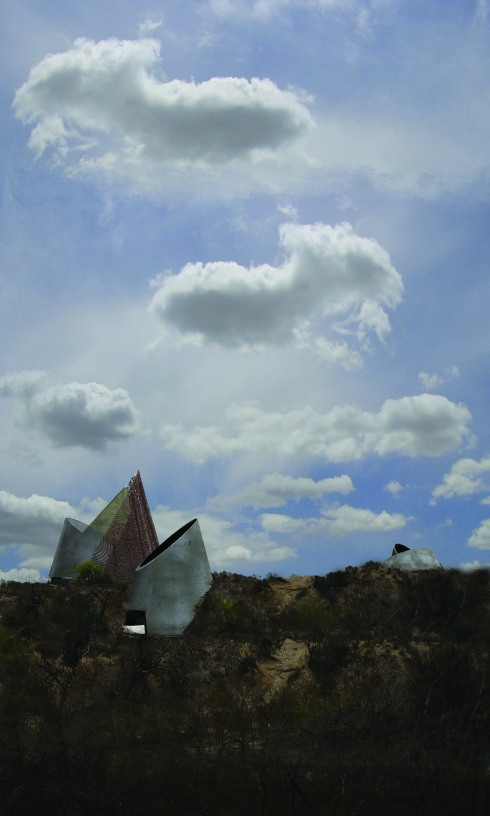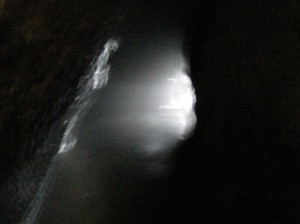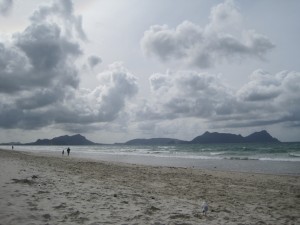It is amazing how many drafts one can go through, how many ideas circling around the same gut feeling can emerge… thankfully deadlines exist to cull and quell. Let me know what you think.
Research Question:
An Architecture of Reciprocity: How Can Architecture Mediate Our Relationship with the Land to Mutual Benefit?
Motivations/Rationale:
How can design, informed through a philosophical and holistic motivation, emphasize those qualitative aspects of specific geography, climate, and cultural influences to result in a beneficial effect upon the land as well as enhance or expand one’s understanding of and relationship to a specific environment?
This synoptic background indicates interests previously explored through literature and writing yet not through physical investigation. While these opinions and judgments are not the focus of the data collection, they may be useful as a datum by which to compare and contrast the results.
Sustainability: In contemporary conversation the title ‘architect’ rarely stands alone. Words such as sustainable, green, or high performance usually accompany it. However, sustainable design, while logical, does not address the causes of the detrimental ecological changes on which global societies now focus; it attempts to slow the resulting symptoms.
At the core of this ecological dismay is a profound discrimination[i], defined and expanded over thousands of years[ii] as societies shifted away from direct dependence and interaction with the land to urban areas pursuing wealth, social contact, and even happiness.[iii] The process of dramatically changing purposes for, interactions with, and thereby perceptions of the land, despite its validity or logic, has shifted an ancient equilibrium and taken something from daily life. To truly pursue a sustainable course in architecture one must investigate man’s changed relationship to the land.
Urbanism: Ironically, despite concern regarding a perceived discrimination[iv] from the land, as the population increases[v] thoughtfully planned urbanism stands to reason as a vibrant, productive psychological and ecological choice for humanity[vi]. With the trend of encouraged urban density[vii],[viii] and controlled sprawl, one would hope continued availability of wild and undeveloped lands results in spite of our growth. While these intentions may preserve open land, and carry many benefits, urban living none the less filters our relationship to the land, altering perceptions regarding the character and nuances contained in geography, biology, climate, and cultural history.
Globalism: While often a motivating and sustaining factor of urbanism, globalism may play a more influential role than urbanism in altering perceptions of the land. In contrast to often hidden environmental damage[ix], positive perceptions of globalization focus on mobility[x], physically and intellectually, that generates immeasurable wealth and benefits in technology, health care, nutrition, education etc. This results in world wise, multi-cultural, fully mapped societies where individuals can be anywhere at almost anytime (physically or virtually) with questions and desires satisfied at the drag and tap of a fingertip. But ironically, through exposure to so much information, far off landscapes and different cultures, individuals begin to lose grip on their identities[xi]; the constant physical and mental shifting comes easily, encourages little commitment, affords no meaningful long-term connections, and dilutes cultural definitions of the land.









